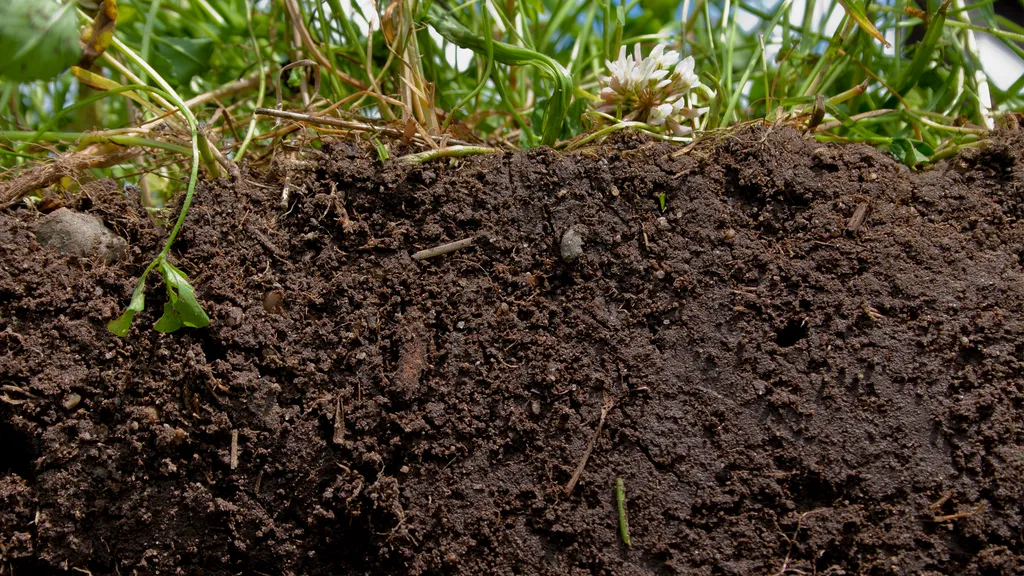In the quest to understand and combat climate change, scientists are turning their attention to the ground beneath our feet. Soil, it turns out, is a crucial player in the carbon cycle, and a recent study published in *Geoderma* sheds new light on how we measure and understand soil organic carbon (SOC). The research, led by Christopher Poeplau of the Thünen Institute of Climate-Smart Agriculture in Germany, challenges some of our assumptions about the persistence of SOC and has significant implications for agriculture and soil monitoring.
The study focuses on mineral-associated organic carbon (MAOC), which is often considered more stable and long-lasting compared to particulate organic carbon (POC). The two are typically separated using physical fractionation methods based on size or density. Size fractionation, which involves wet sieving, is faster and cheaper, making it an attractive option for large-scale studies. However, there’s a catch: it might not be as accurate as we thought.
Poeplau and his team found that size fractionation can lead to an overestimation of MAOC, particularly in organic carbon-rich sandy soils. “With on average 2.2 ± 4.2 % of total SOC, the contribution of fine POC to MAOC was very low,” Poeplau explains. “However, for 22 OC-rich sandy soils, size fractionation strongly overestimated MAOC.”
So, what does this mean for agriculture and soil monitoring? For one, it suggests that we might need to rethink our approach to physical fractionation, especially when dealing with certain types of soil. “Simple physical fractionation cannot be conducted without certain (cross)-contaminations,” Poeplau notes, “while their magnitude appears to be minor given the multiple sources of error in organic matter fractionation.”
The findings could have significant commercial impacts for the agriculture sector. Accurate measurement of SOC is crucial for understanding soil health and fertility, as well as for developing strategies to mitigate climate change. If we’re overestimating MAOC in certain soils, we might be missing out on opportunities to improve soil management practices and increase carbon sequestration.
Moreover, the study highlights the importance of using the right tools for the job. While size fractionation might be sufficient for many soils, density fractionation might be necessary for others, particularly those that are rich in organic carbon and sand. This could have implications for the development of new technologies and methods for soil monitoring and analysis.
The research also opens up new avenues for future studies. For instance, it raises questions about the stability and persistence of MAOC and POC in different soil types and under different management practices. It also highlights the need for more comprehensive and systematic comparisons of physical fractionation methods.
In the end, this study is a reminder that our understanding of soil organic carbon is still evolving. As we strive to develop more sustainable and resilient agricultural systems, it’s crucial that we have accurate and reliable methods for measuring and monitoring soil health. And with further research, we might just uncover new ways to harness the power of soil to combat climate change and improve food security.
The study was published in *Geoderma* and was led by Christopher Poeplau of the Thünen Institute of Climate-Smart Agriculture in Germany.

